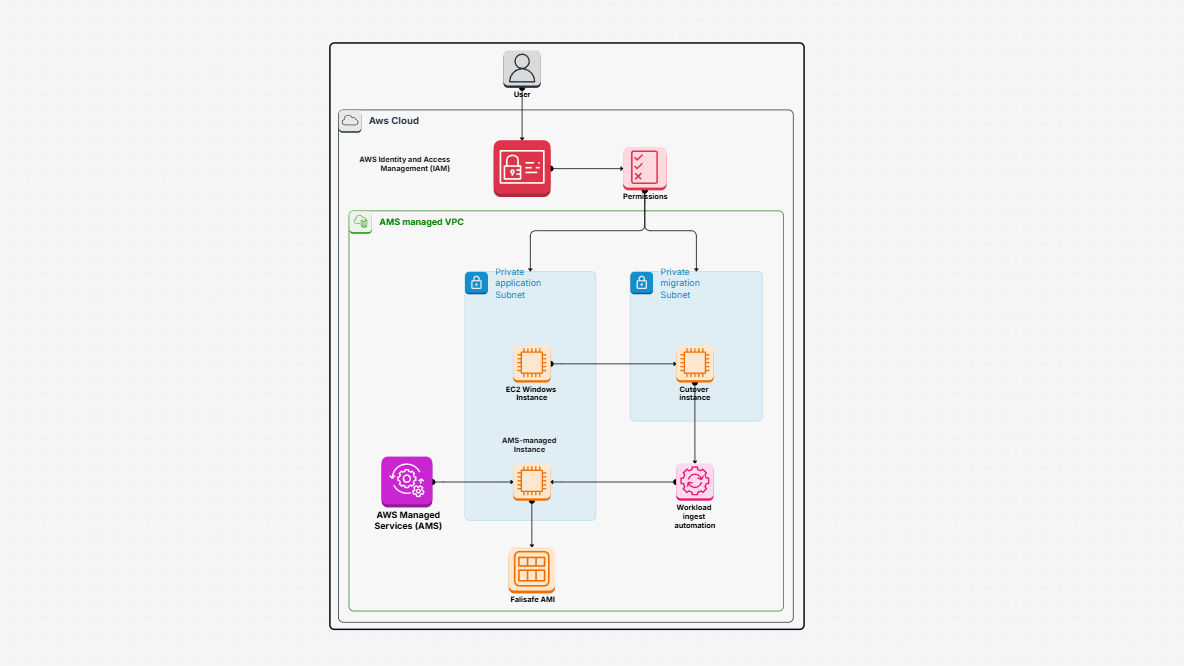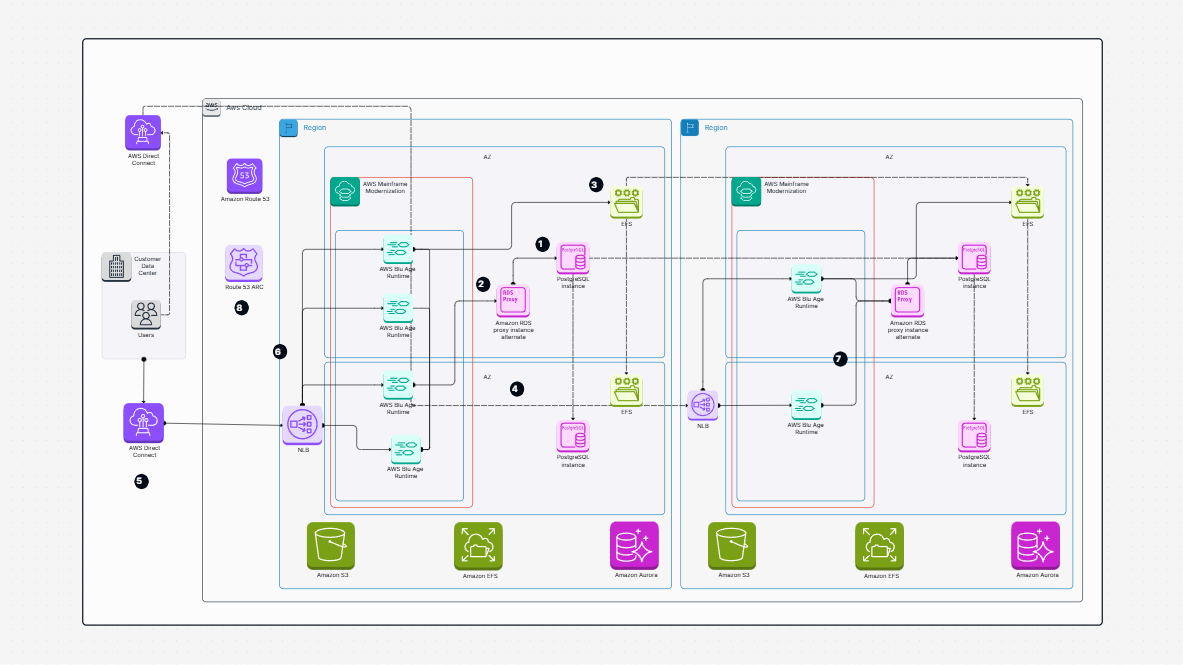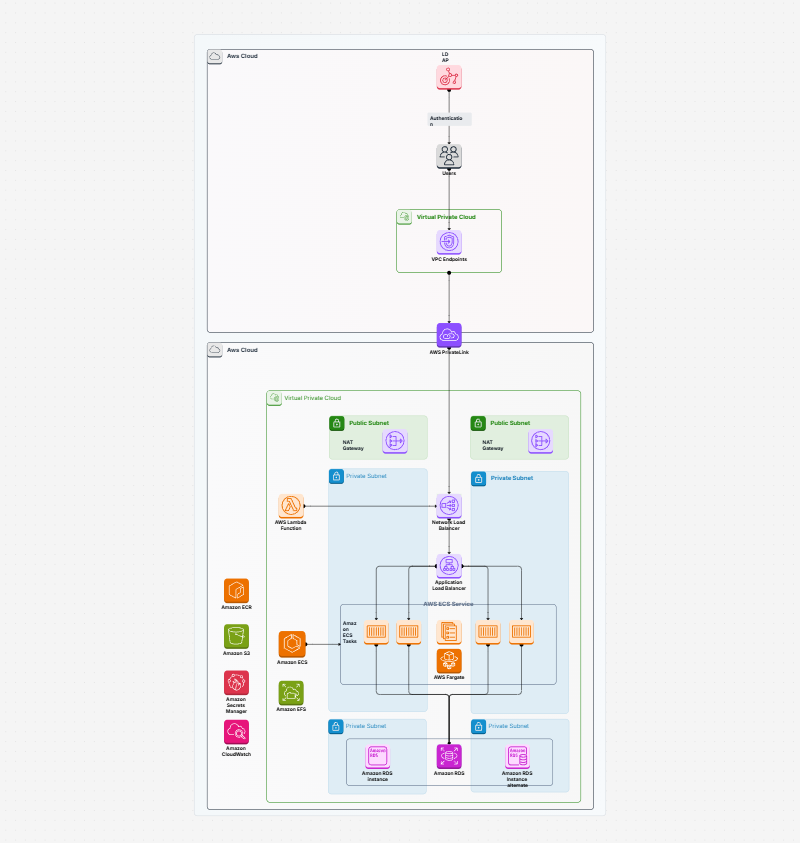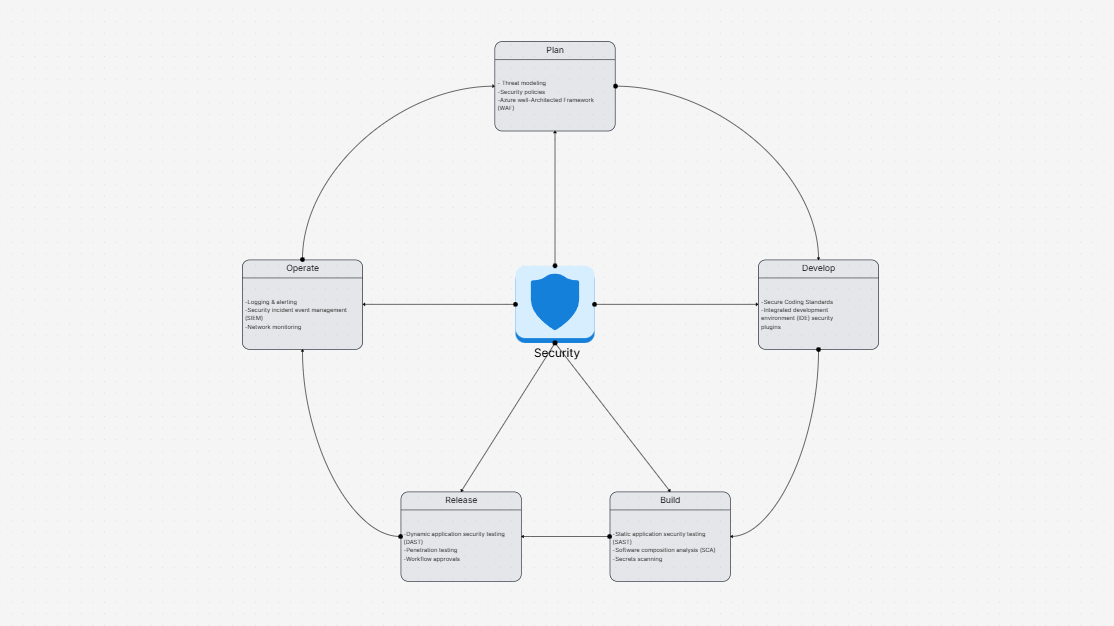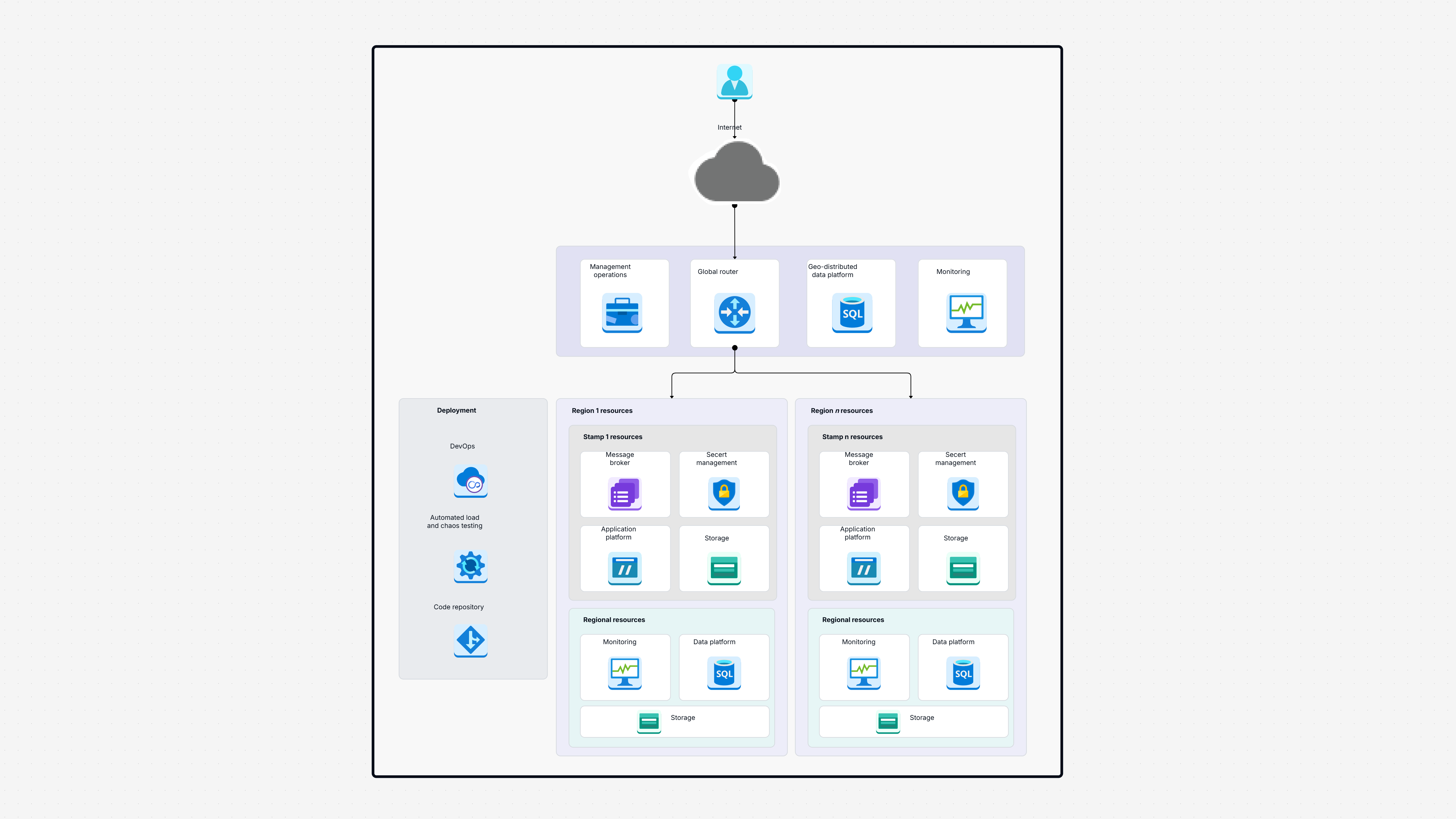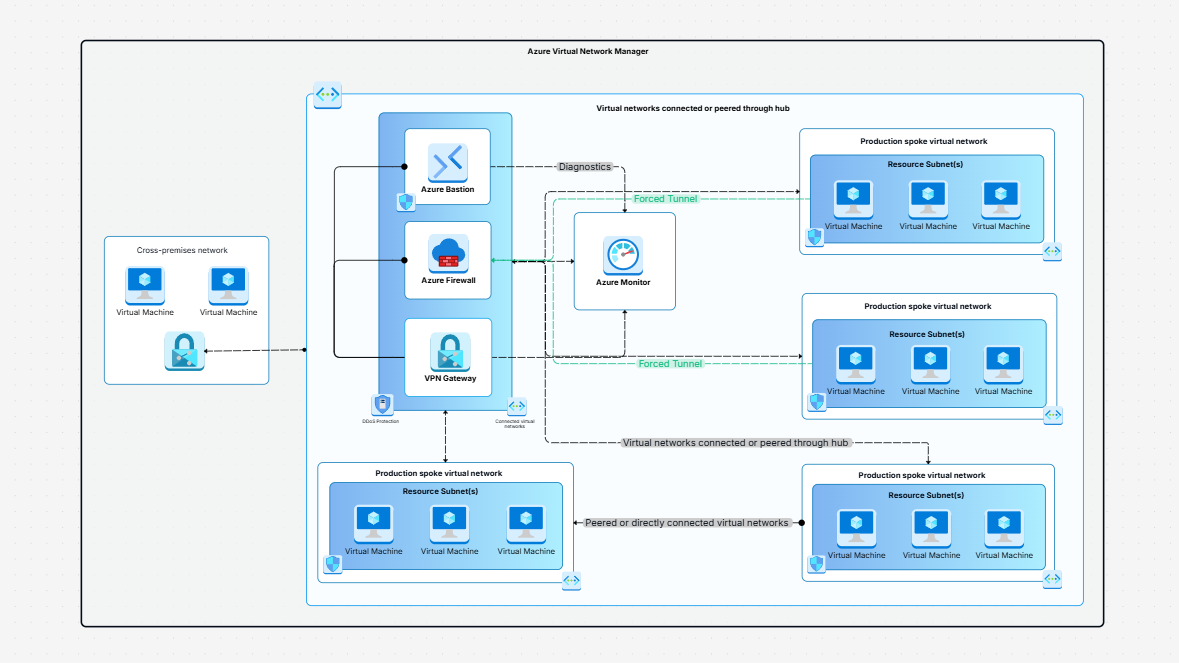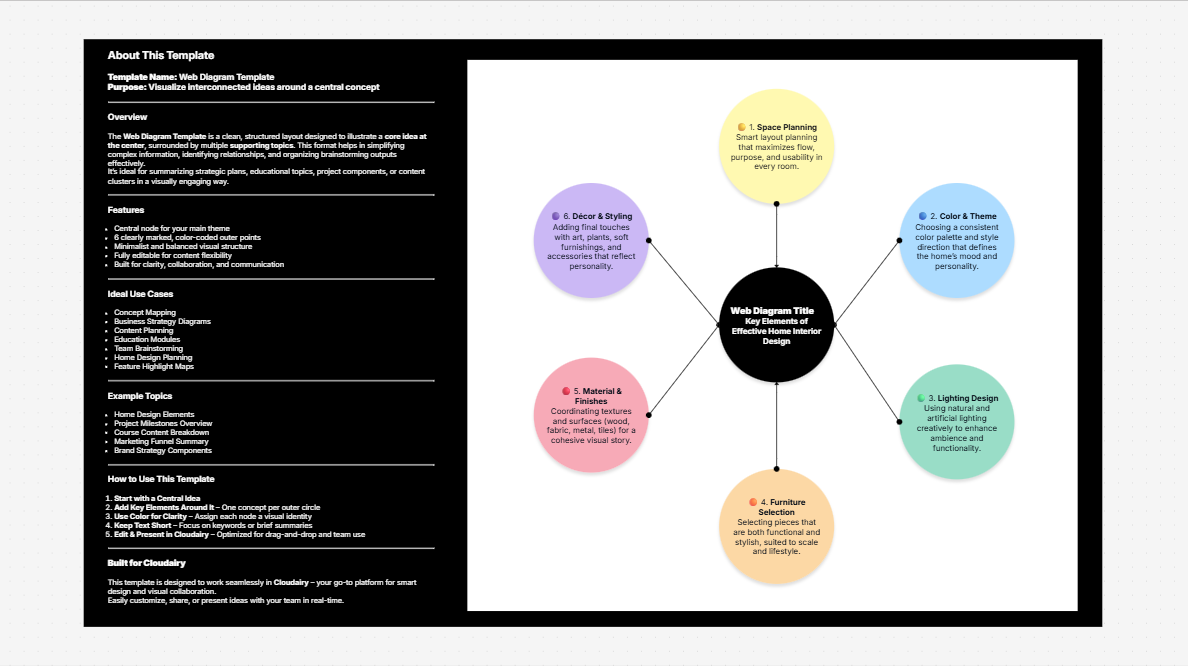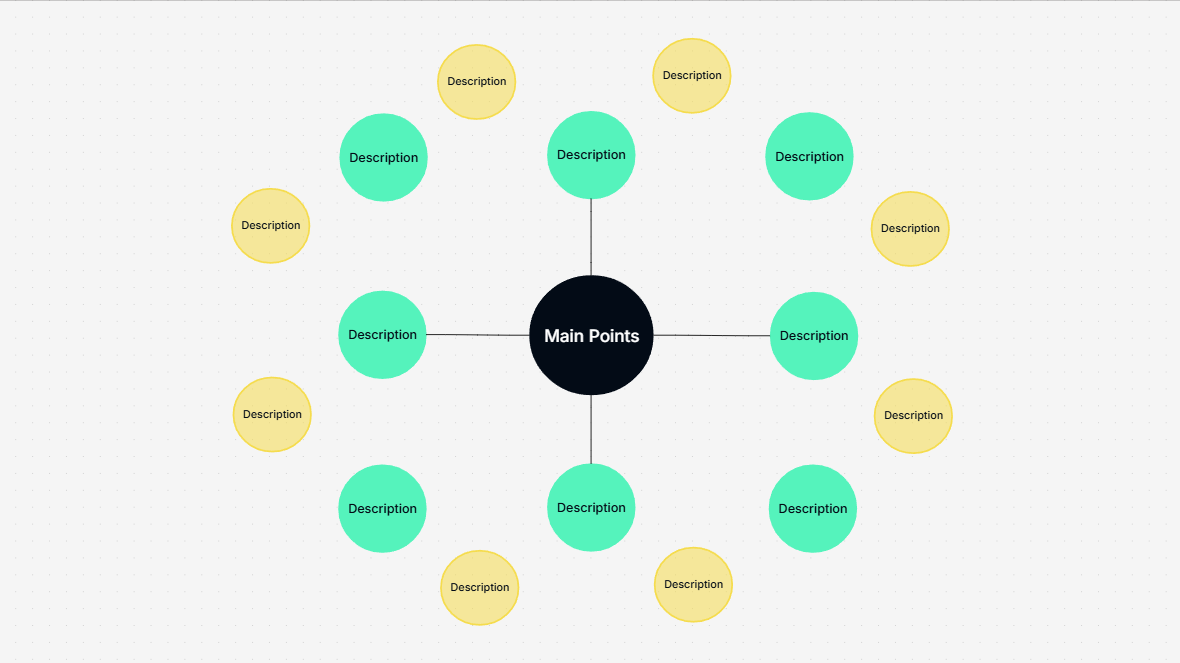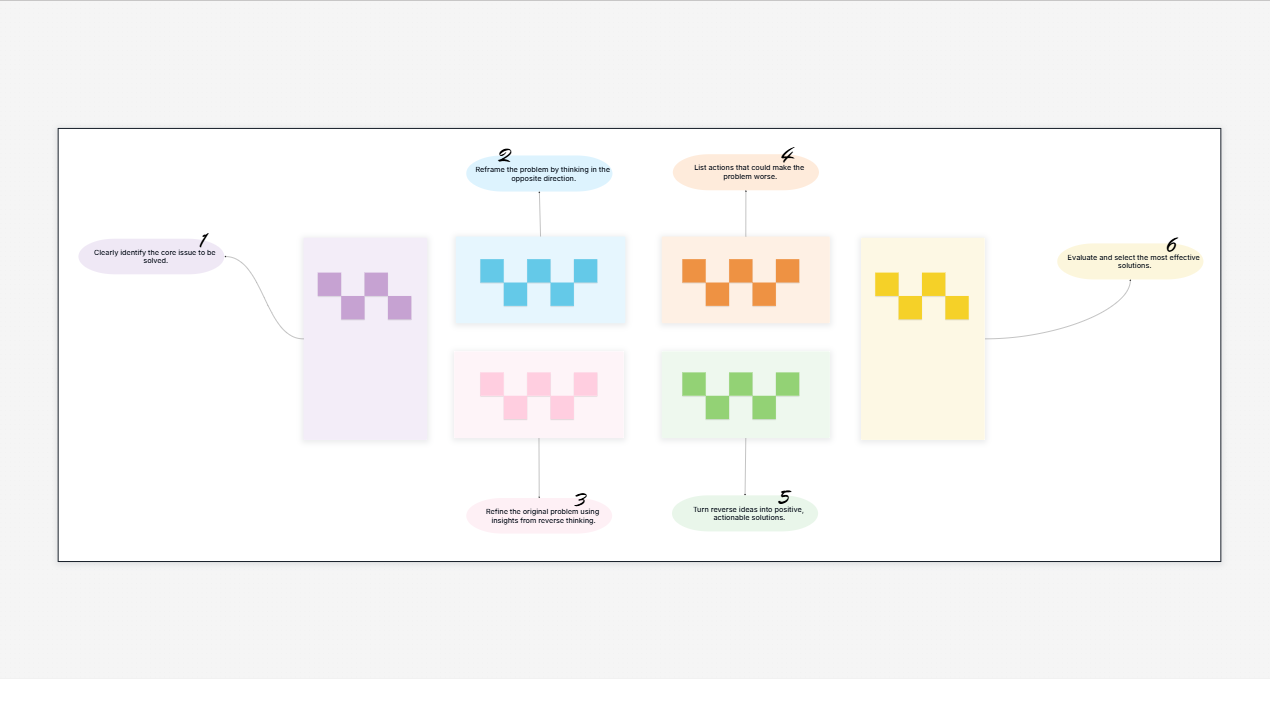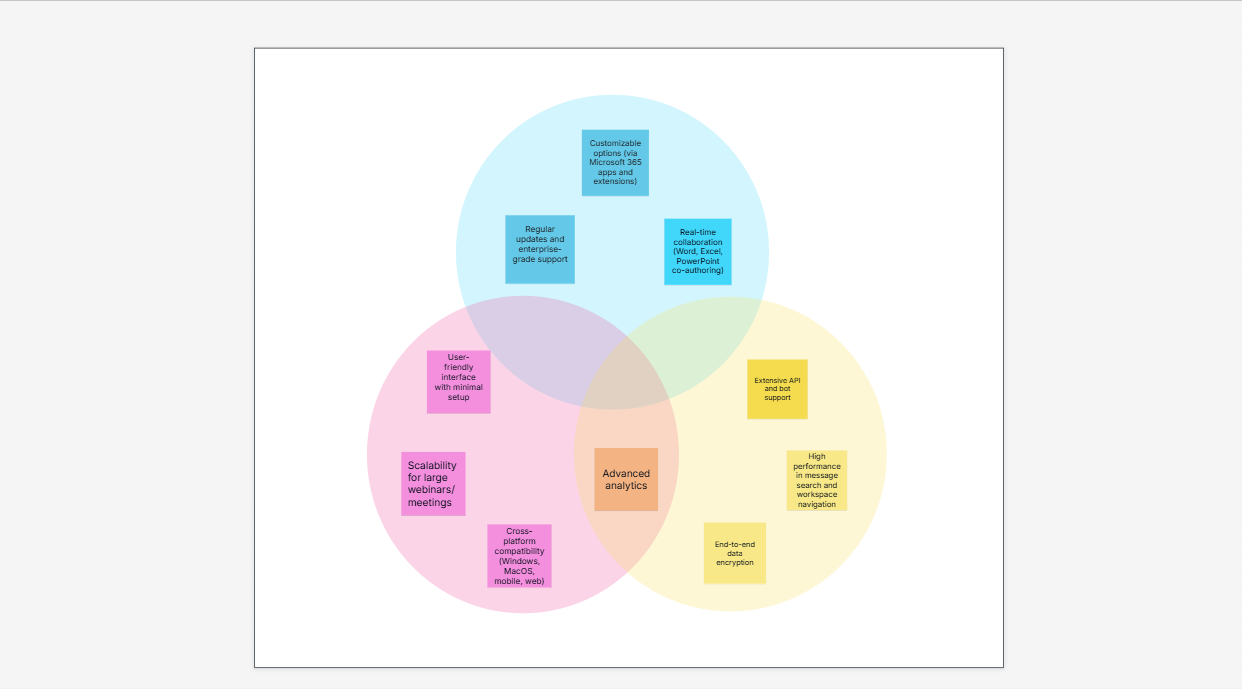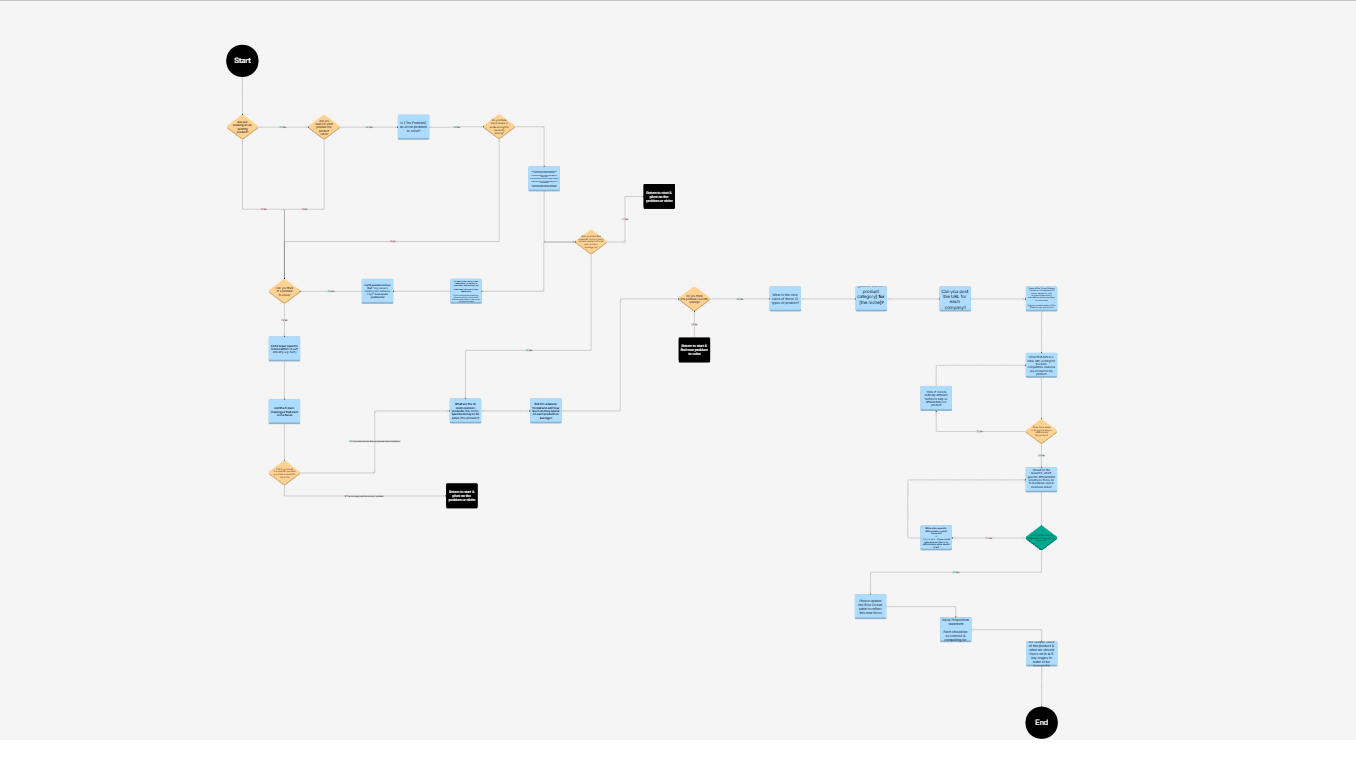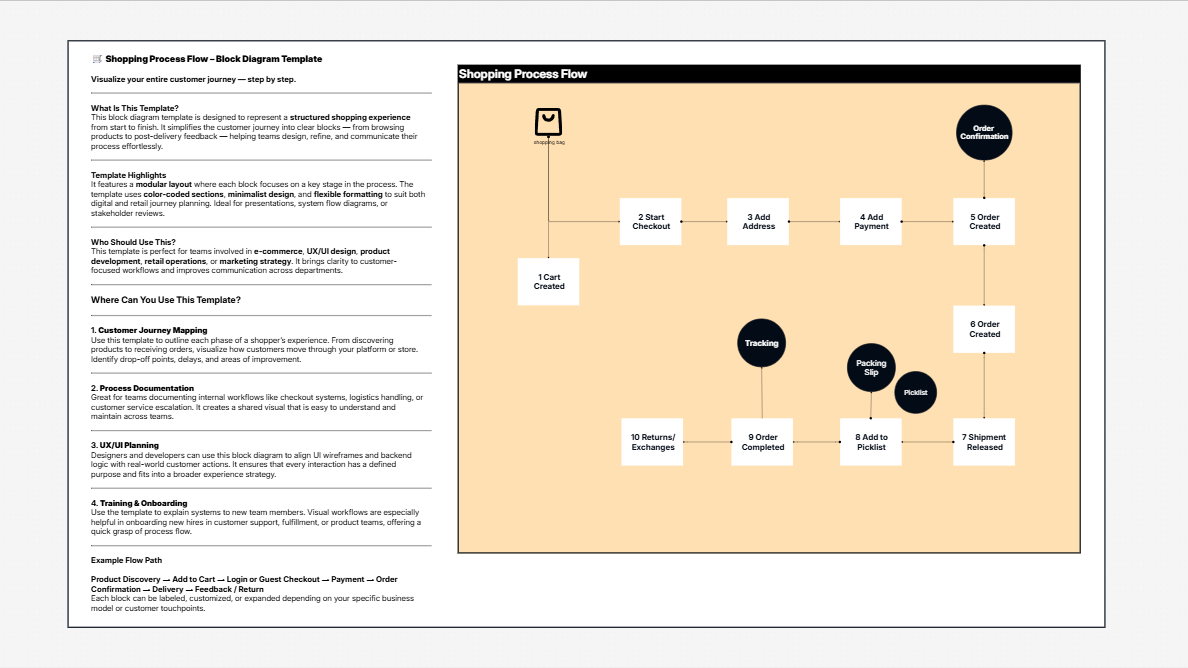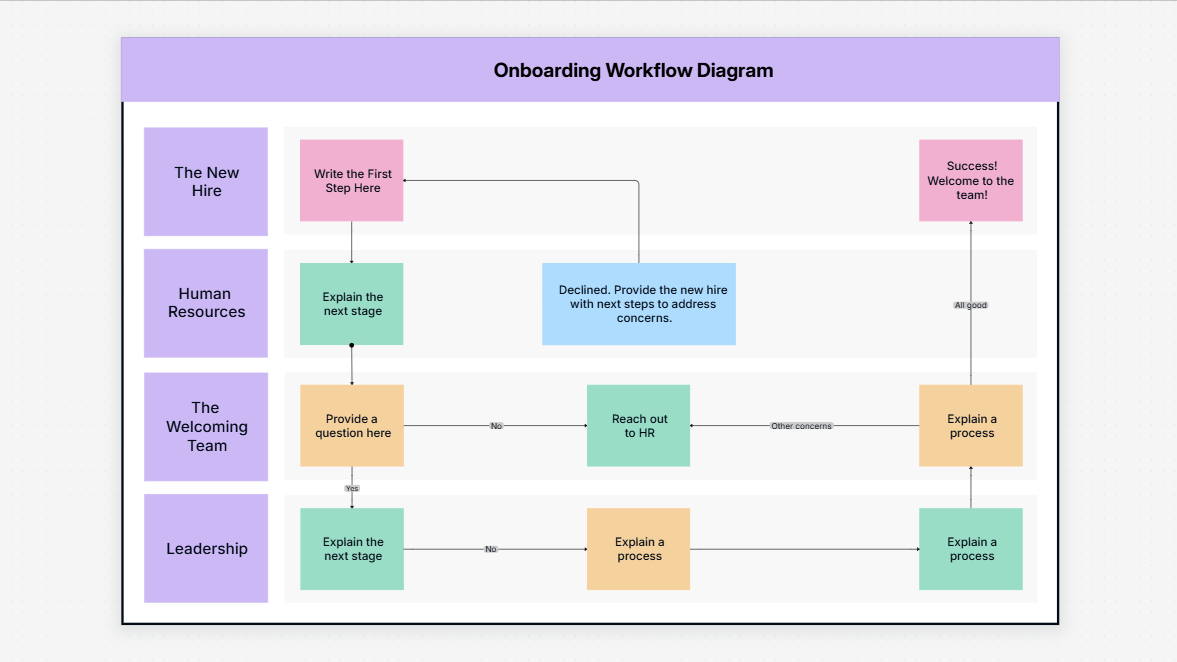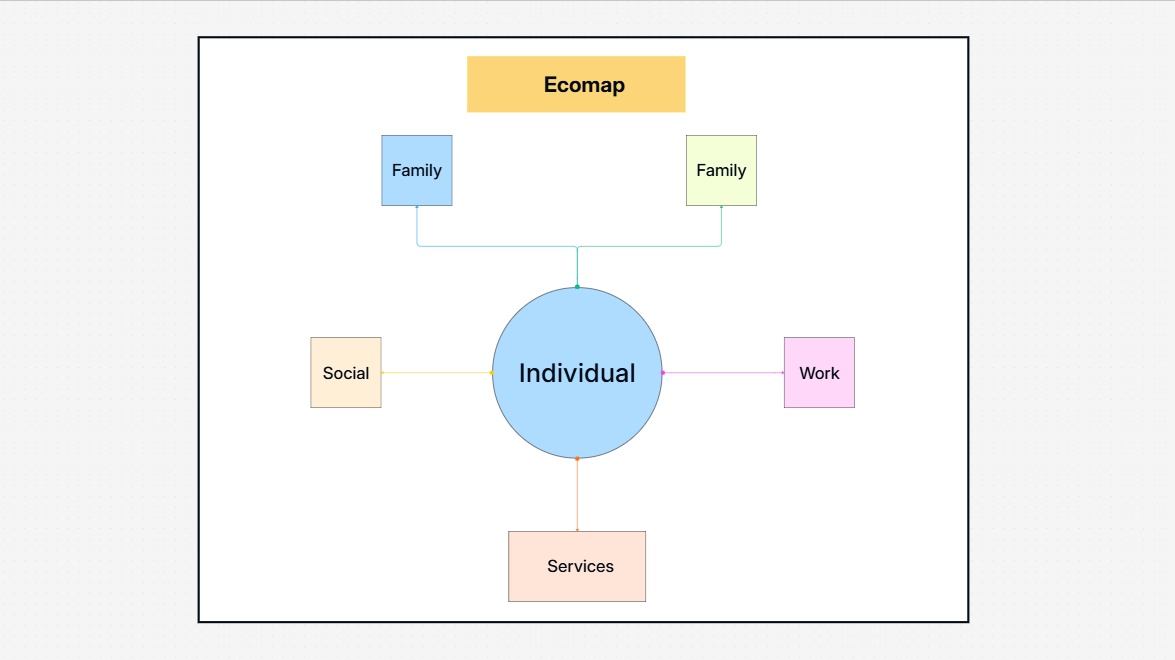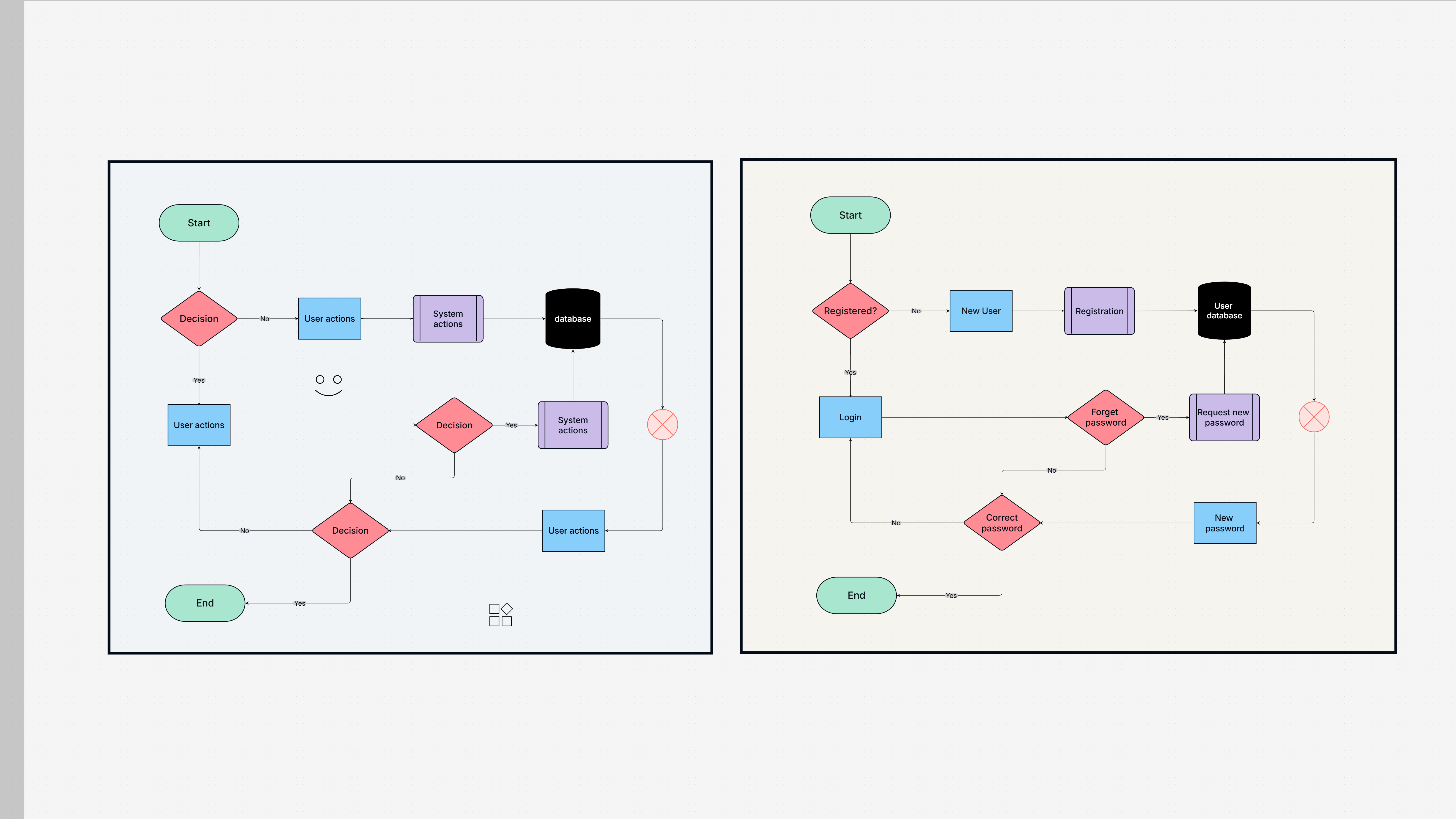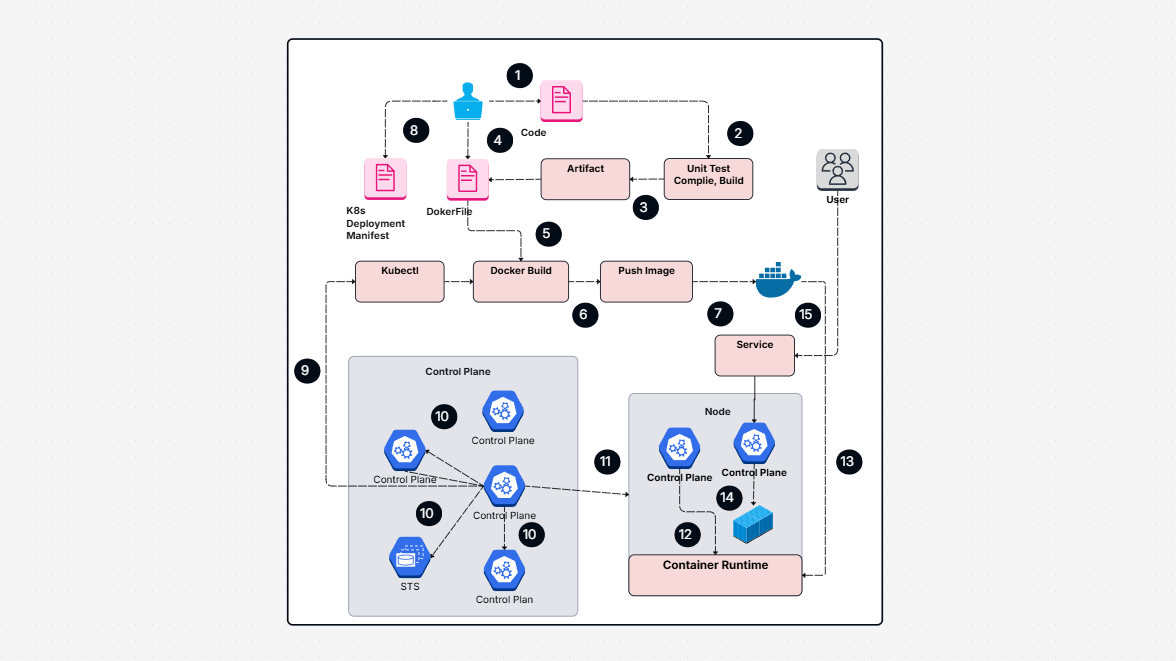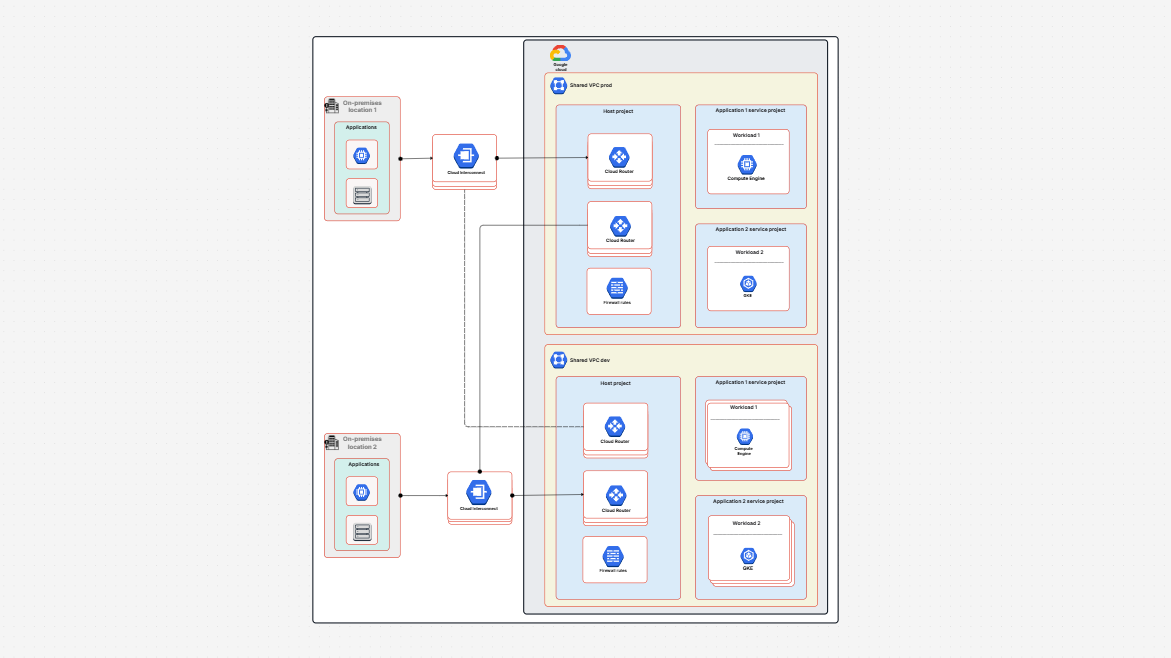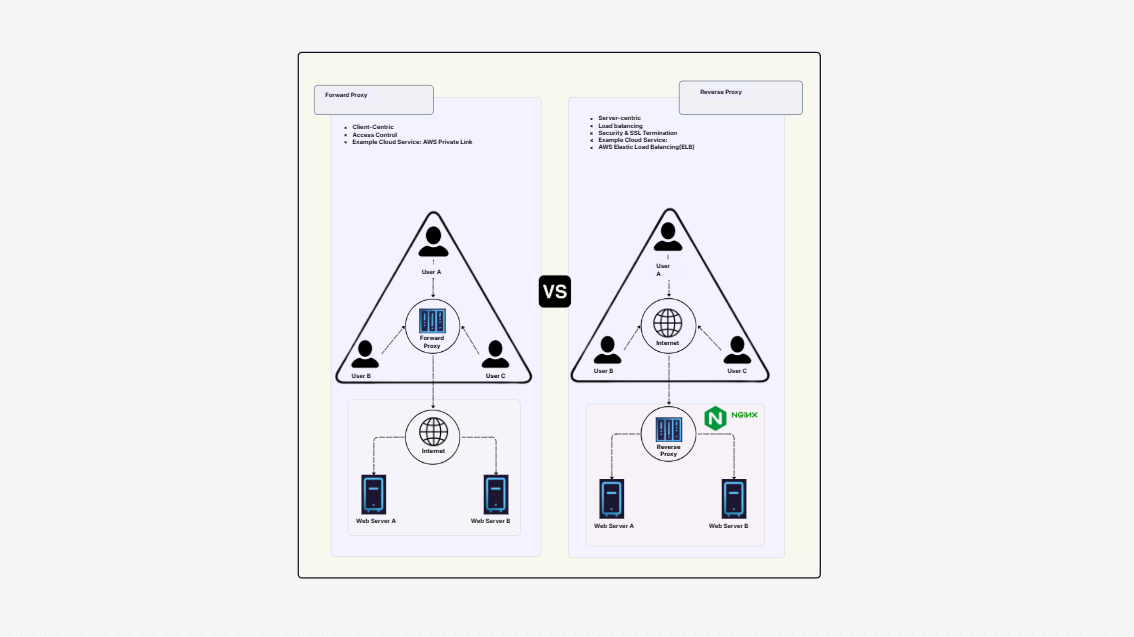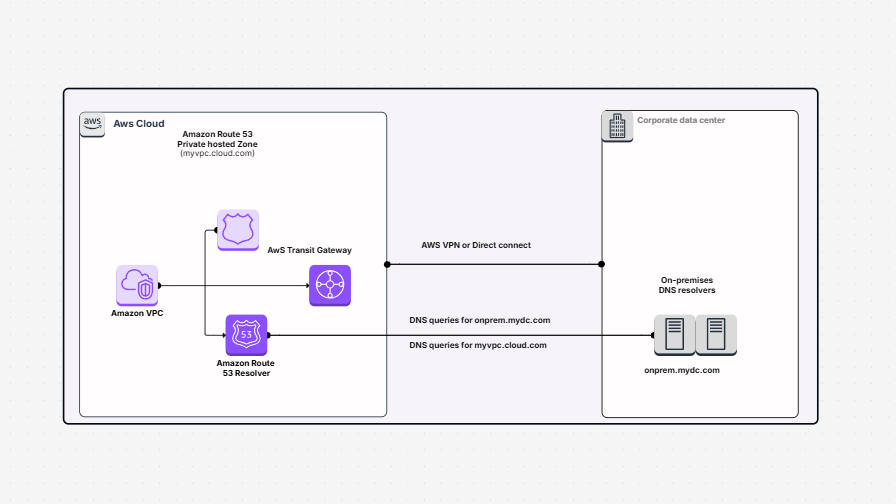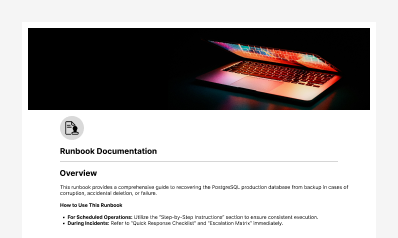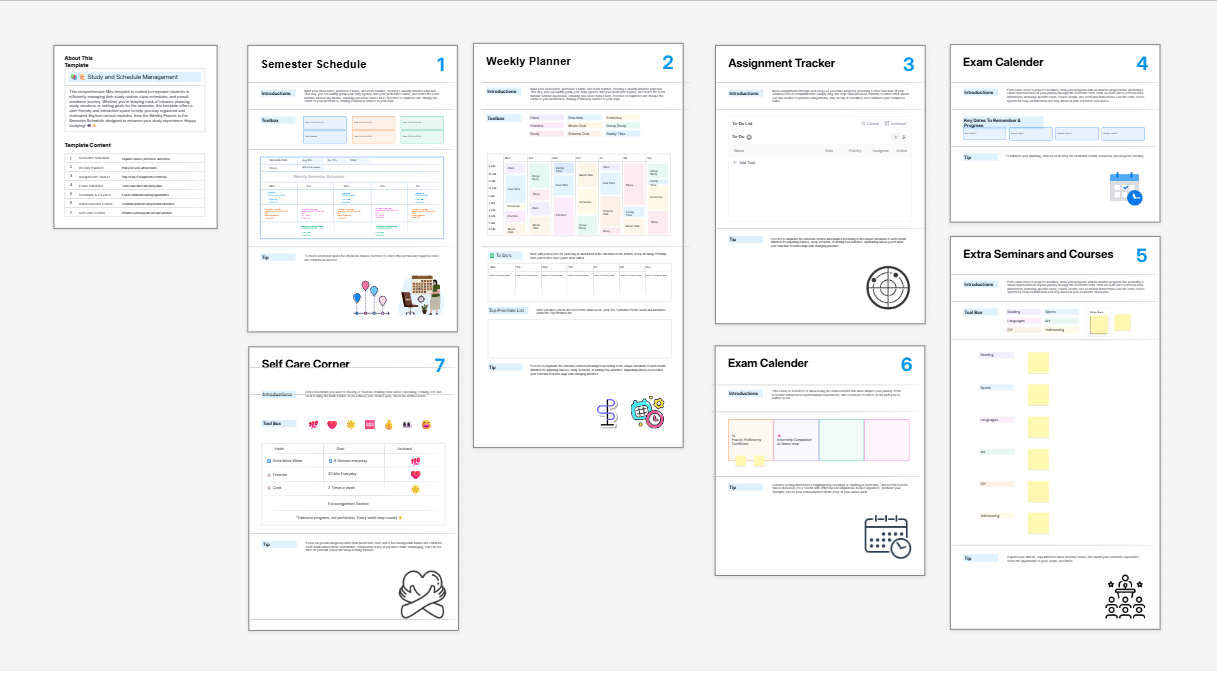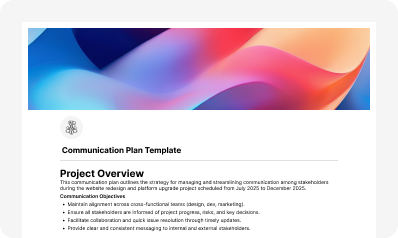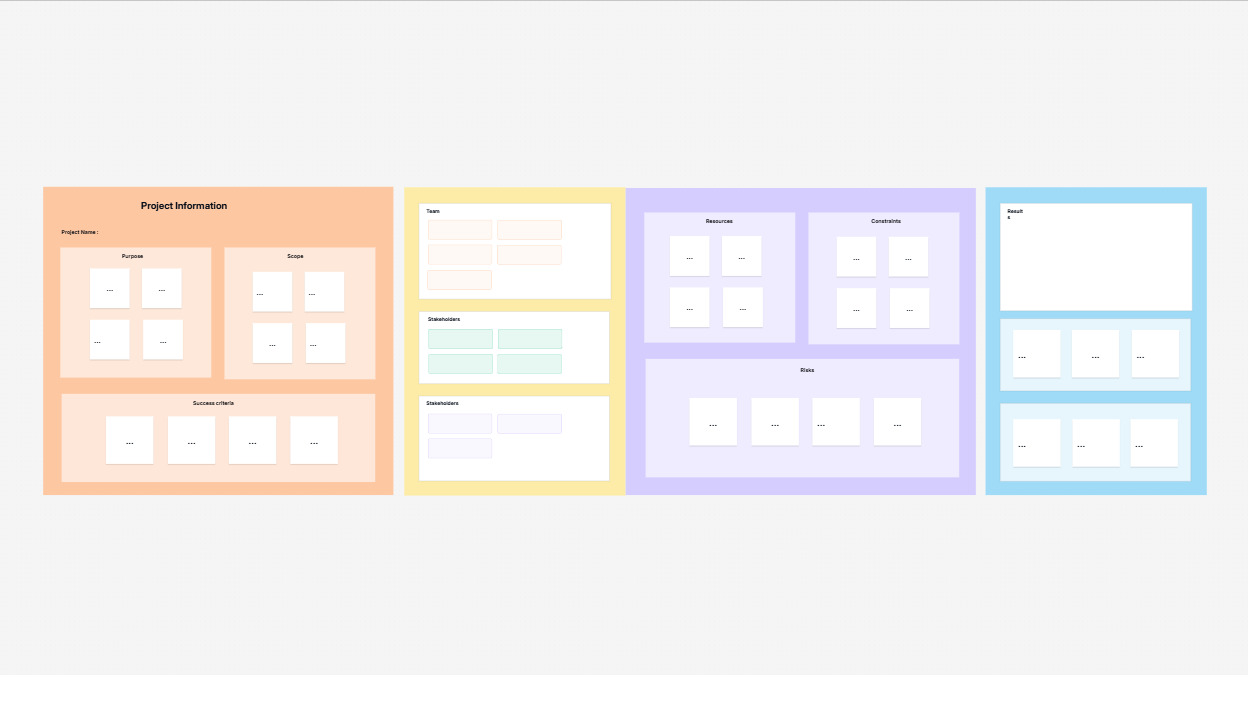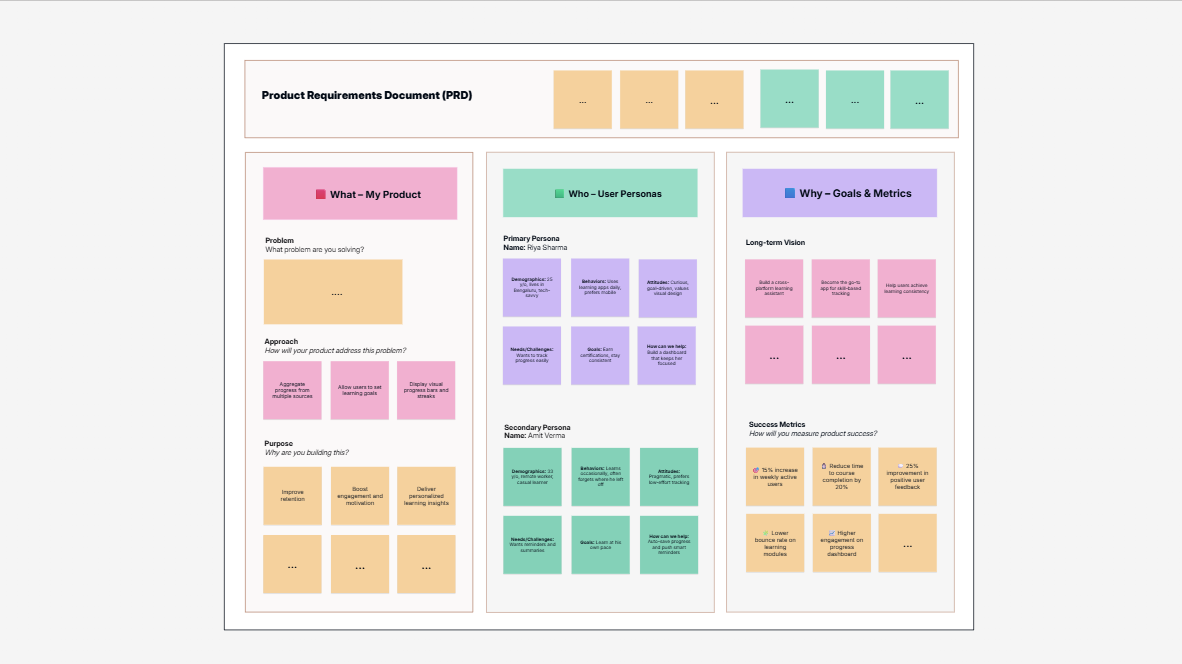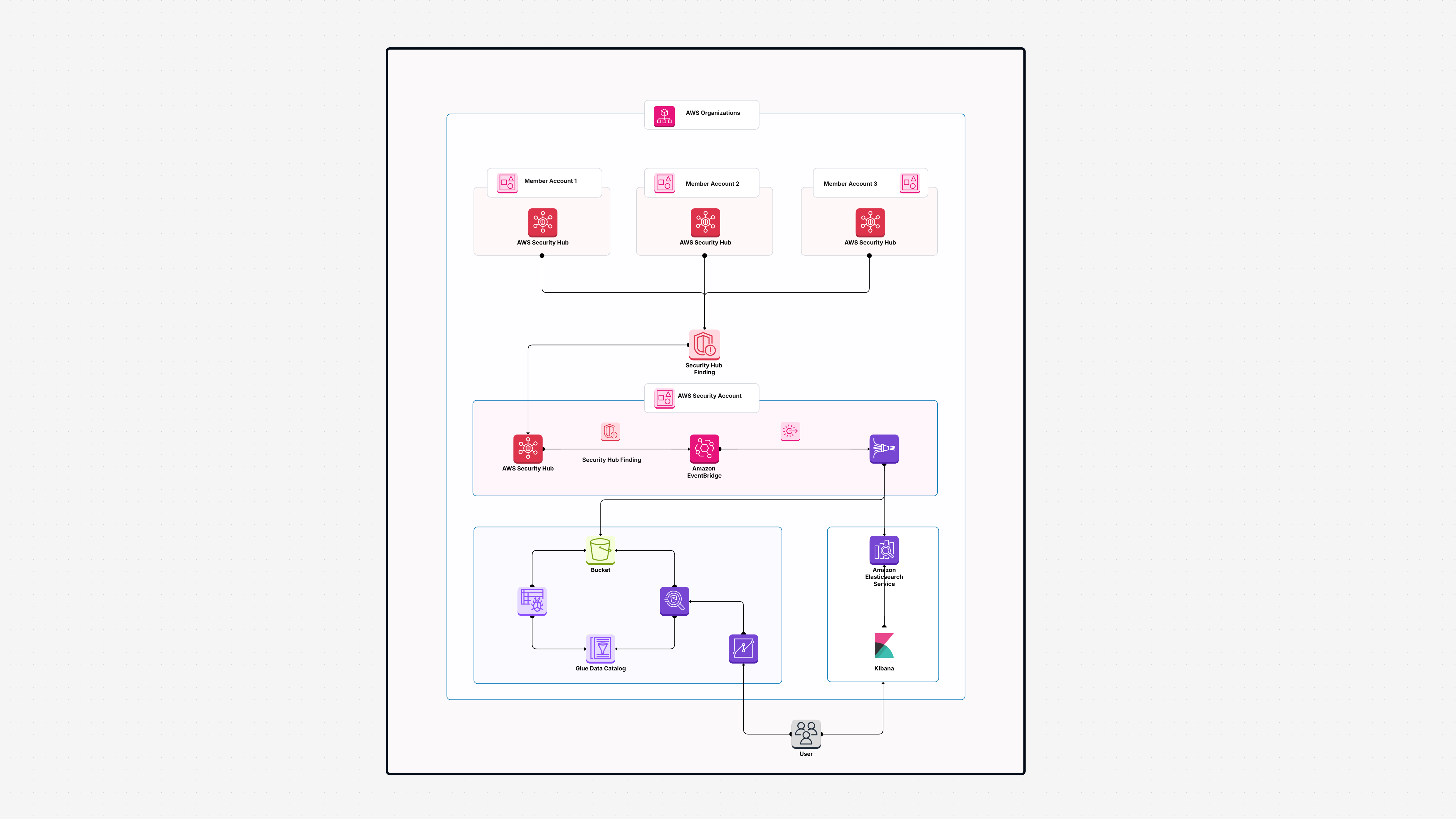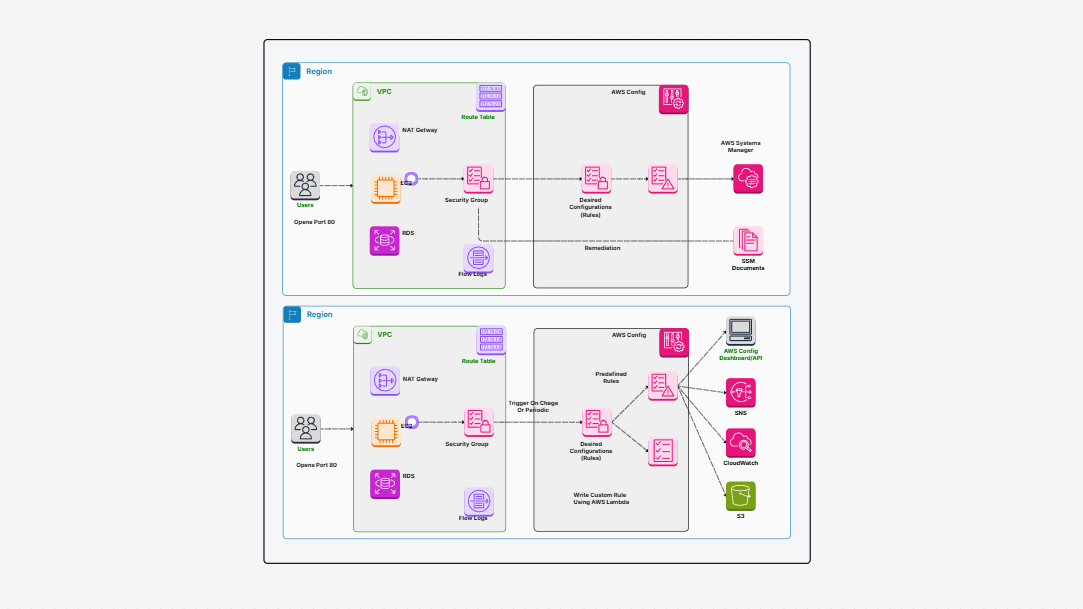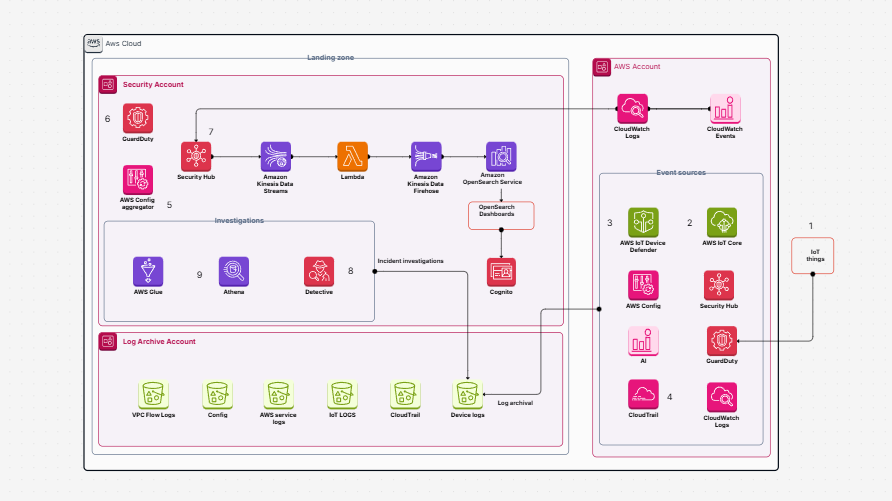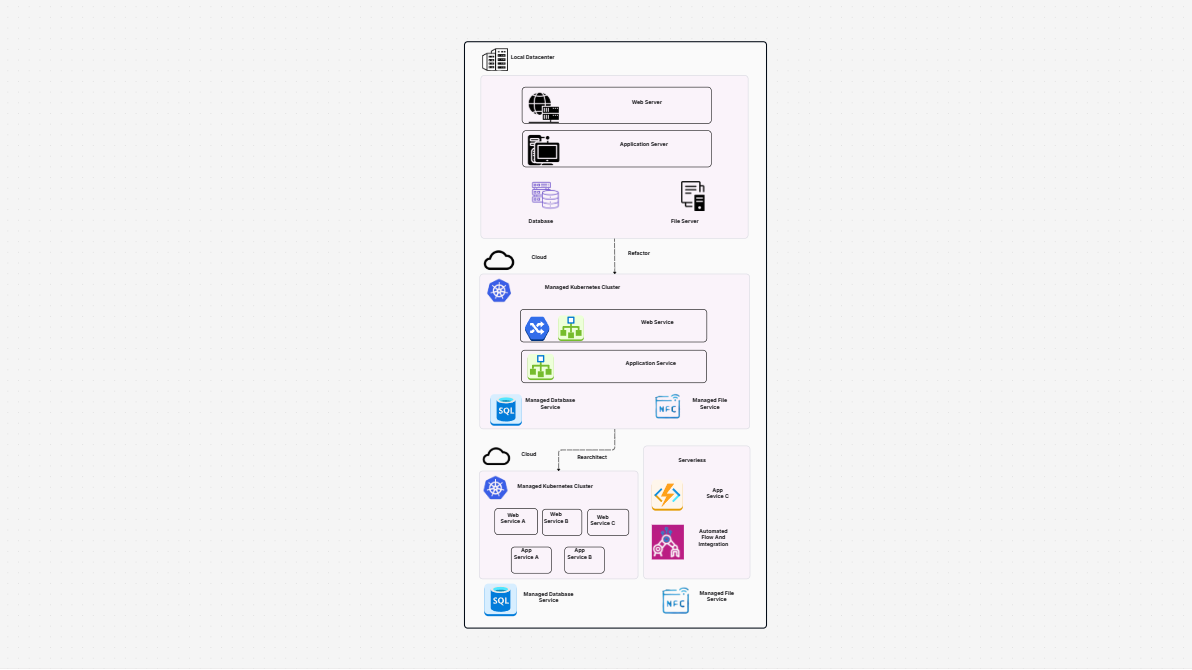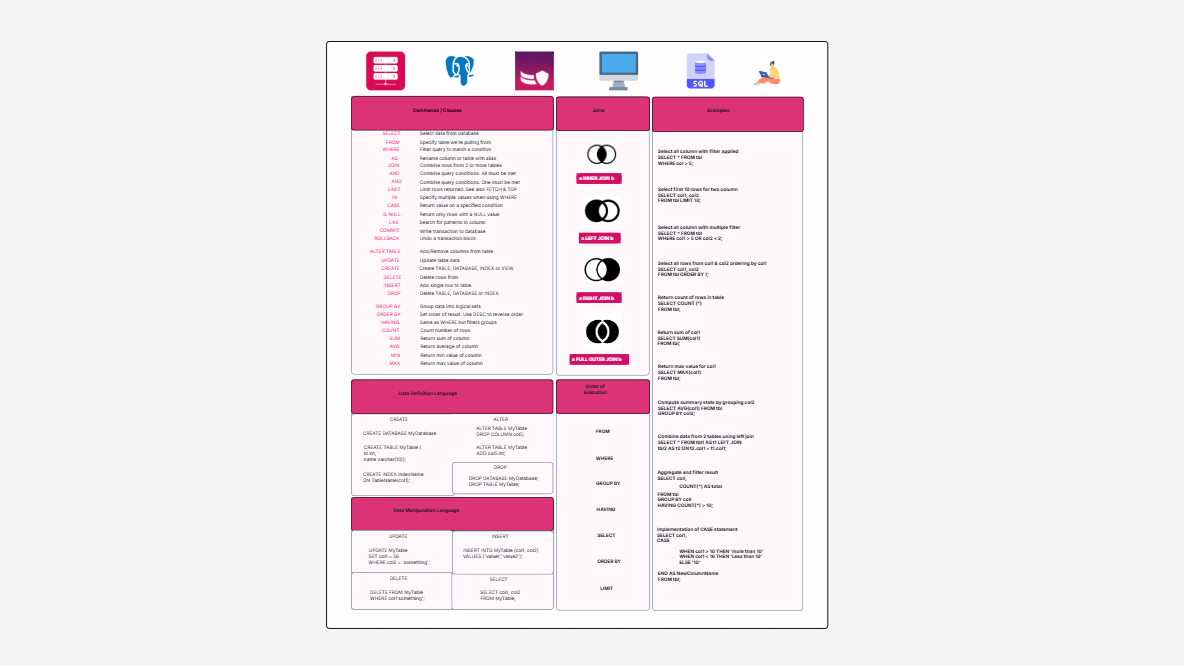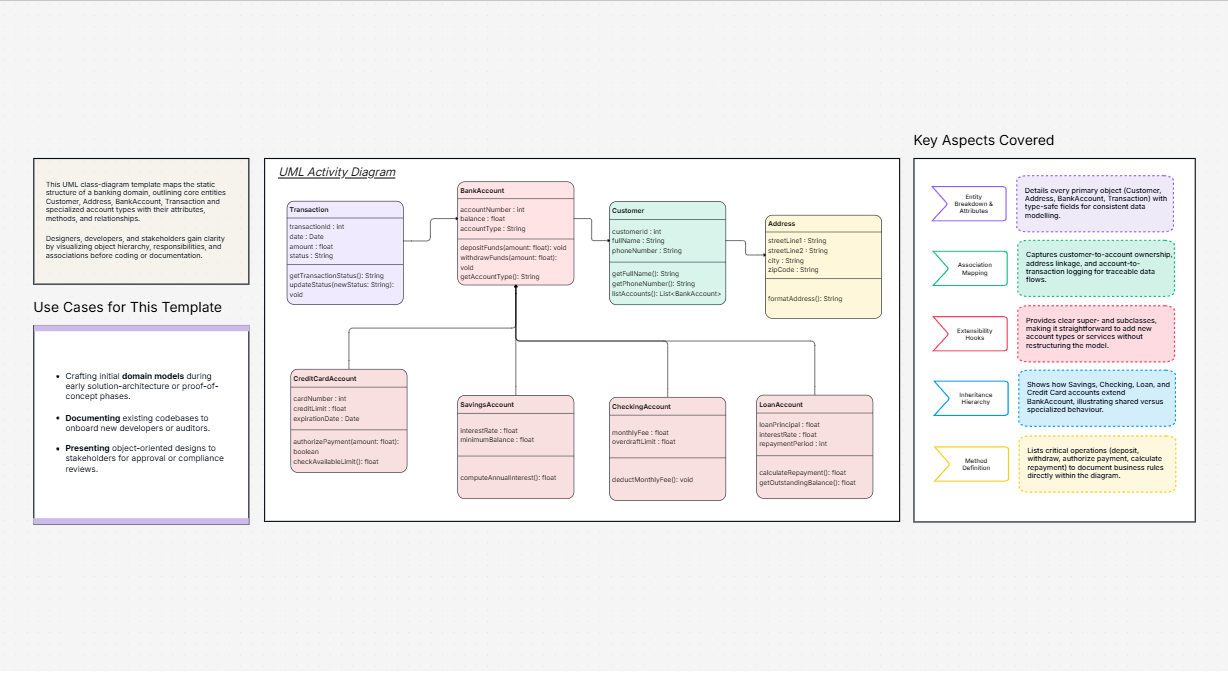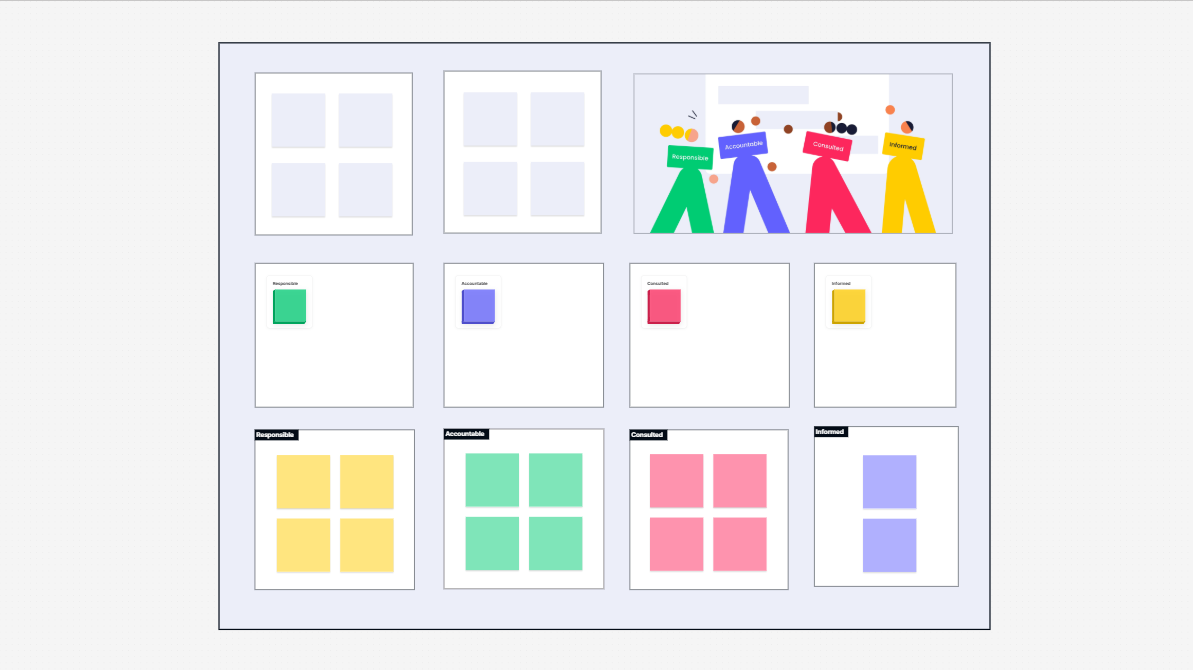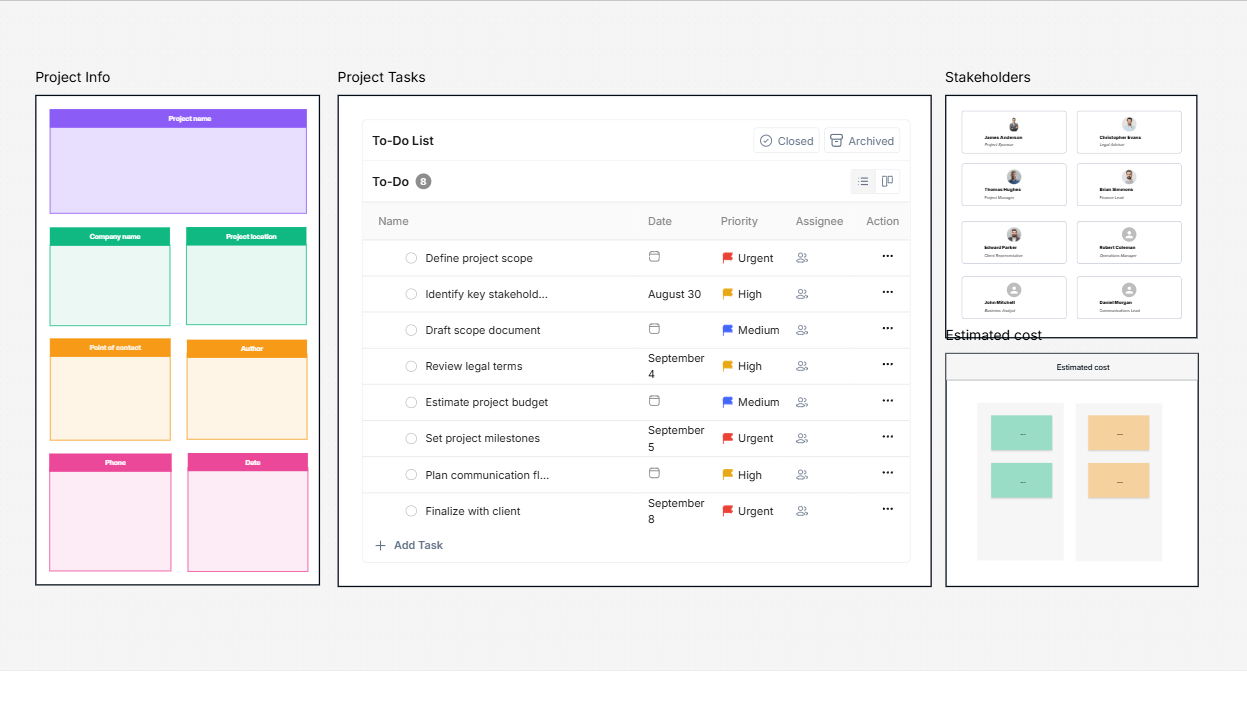WorkHub

What is the template all about ?
The Kubernetes Pods on Amazon EKS by using node affinity, taints, and tolerations template is designed to simplify and optimize how you schedule Kubernetes pods within Amazon EKS. It focuses on using three powerful Kubernetes features - node affinity, taints, and tolerations—to control where and how workloads are deployed in your cluster. Whether you're dealing with specialized hardware, balancing compute-heavy tasks, or isolating critical services, this template shows you how to place pods exactly where they belong. It’s a guide not just for implementation but for strategic workload management across multiple node groups.
Why this template is a game changer ?
What makes this template stand out is its ability to give you precision and control. With node affinity, you can direct workloads to nodes that meet specific hardware or performance characteristics. Taints allow you to prevent certain pods from being scheduled on unsuitable nodes, while tolerations offer the flexibility to override those taints when needed. This level of control dramatically improves resource utilization, fault isolation, and cluster efficiency. In production environments where performance and uptime are non-negotiable, this approach becomes essential, not optional.
Think about a situation where your AI inference workloads need GPU-optimized nodes, while your logging services can run on cheaper compute nodes. Without this scheduling control, your GPU nodes might end up hosting both, leading to wasted resources. With this template, those problems become a thing of the past.
Who needs this template, and when is the best time to use it ?
If you're managing an Amazon EKS cluster in any medium to large-scale environment, this template is for you. DevOps engineers, cloud architects, and platform teams who need to enforce workload segregation, optimize costs, or maintain service-level agreements will find it especially useful. It’s also perfect for those migrating legacy applications to Kubernetes and needing strict control over their deployment. The best time to use the Kubernetes Pods on Amazon EKS by using node affinity, taints, and tolerations template is when you’re setting up new node groups, scaling your workloads, or reorganizing deployments for better efficiency.
What are the main components of the template?
The template brings together several critical elements to form a robust scheduling strategy:
- Amazon EKS Cluster – The central control plane for managing Kubernetes workloads.
- Deployment Pods – Represent your current applications or services.
- Node Groups – Collections of worker nodes, grouped by purpose or hardware specs.
- Worker Nodes – The machines that run your workload.
- Node Affinity Rules – Define where pods should or must be scheduled based on labels.
- Taints – Protect nodes by preventing unwanted pods from landing on them.
- Tolerations – Let selected pods bypass taints when appropriate.
- AWS IAM Roles – Manage access and permissions for secure operations.
- Elastic Load Balancer – Route external traffic to the right pod endpoints.
- AWS Auto Scaling – Automatically adjusts your node count based on demand.
- Security Groups – Control network access to and from cluster resources.
- Amazon CloudWatch – Monitor performance and health across the cluster.
- Persistent Volumes & EBS Volumes – Ensure reliable data storage for stateful applications.
- Service Mesh – Support service-to-service communication and observability.
Each piece plays a role in delivering a more intelligent, secure, and manageable Kubernetes environment.
How to get started with Cloudairy ?
Getting started with this template in Cloudairy is straightforward:
- Log in to your Cloudairy account.
- Navigate to the Templates section.
- Look for Amazon EKS Workload Management.
- Select the template titled “Place Kubernetes Pods on Amazon EKS by Using Node Affinity, Taints, and Tolerations.”
- Click Open Template to start tailoring it to your cluster setup.
- Begin by defining your node groups and labeling them appropriately.
- Apply node affinity rules and taints according to your workload needs.
- Add tolerations to the pods that require access to specific node types.
- Collaborate with your team, test your configuration, and refine it.
- Once validated, export your setup and roll it out to your live environment.
Summary
In a world where application performance and reliability are more critical than ever, placing your Kubernetes pods thoughtfully is no longer a nice-to-have. it’s a necessity. The Kubernetes Pods on Amazon EKS by using node affinity, taints, and tolerations template empowers you to make smart scheduling decisions using node affinity, taints, and tolerations in Amazon EKS. The result? A more efficient, resilient, and cost-optimized Kubernetes environment. Use it to bring structure to your cluster and confidence to your deployments.
Related AWS Architecture Diagram Templates
Find templates tailored to your specific needs. Whether you’re designing diagrams, planning projects, or brainstorming ideas, explore related templates to streamline your workflow and inspire creativity
Design, collaborate, innovate with Cloudairy
Unlock AI-driven design and teamwork. Start your free trial today










Design, collaborate, innovate with Cloudairy
Unlock AI-driven design and teamwork. Start your free trial today












